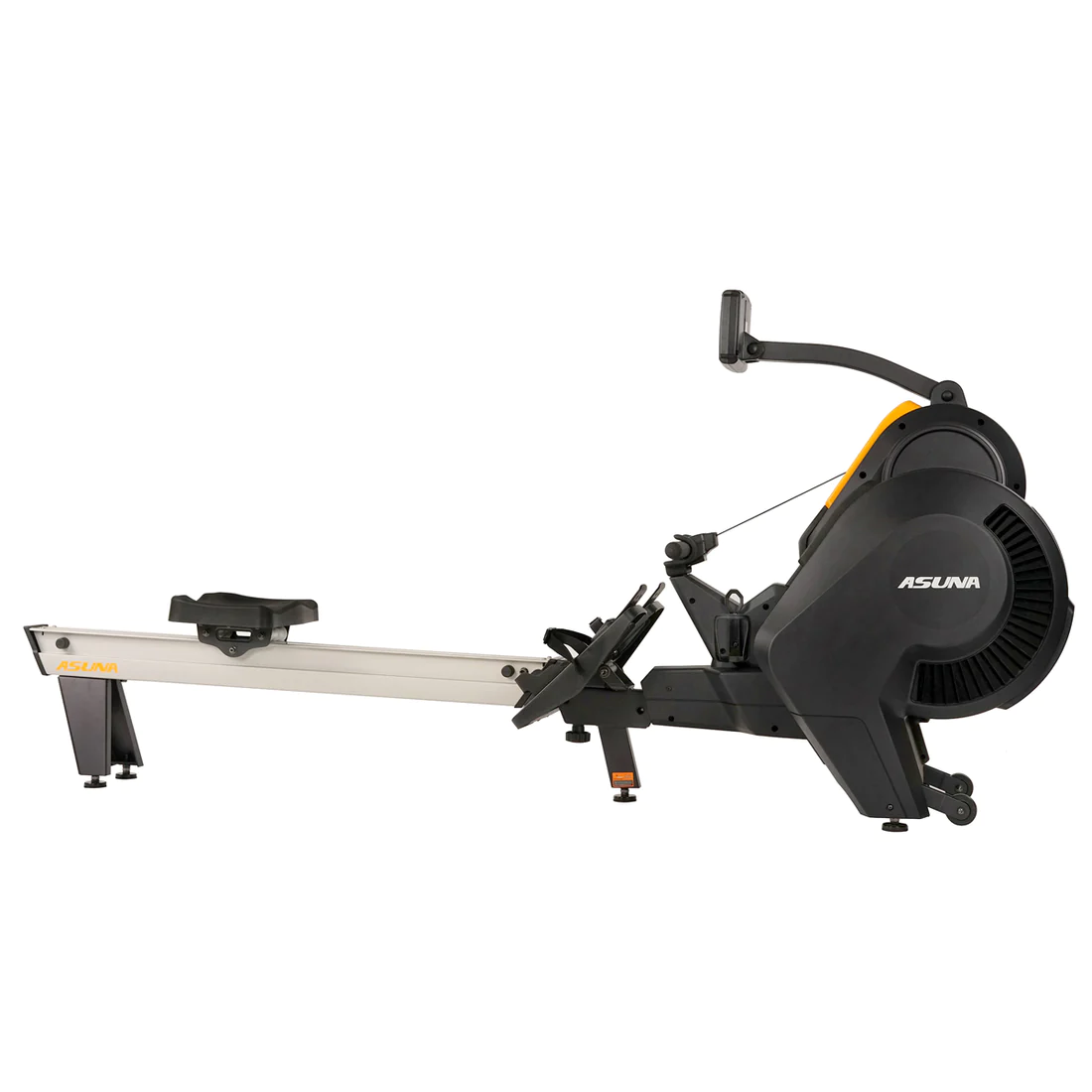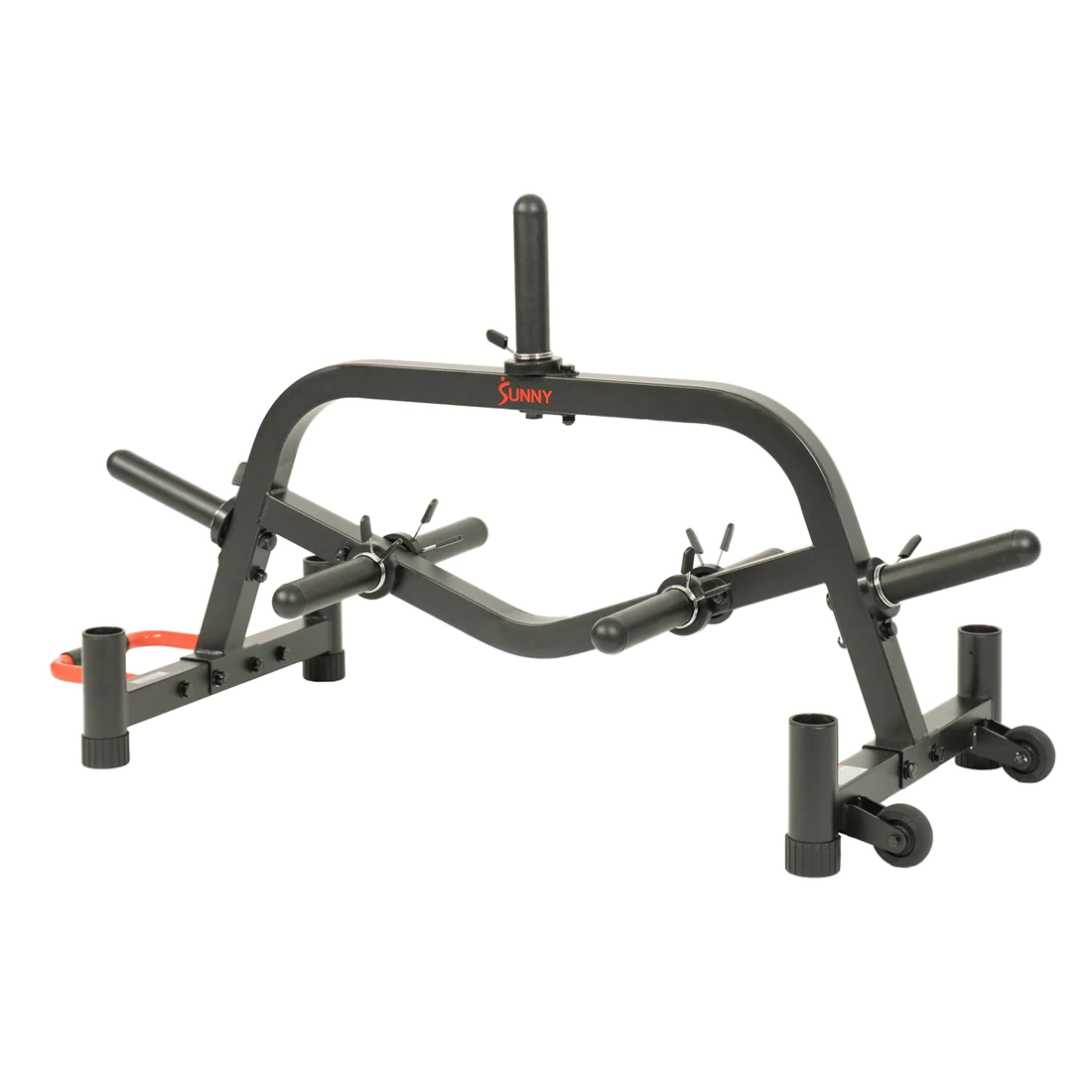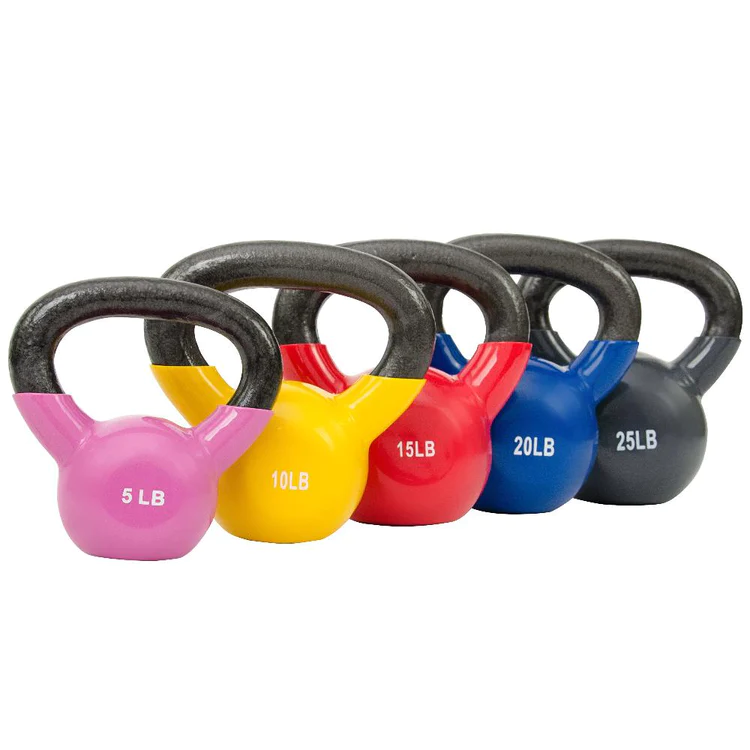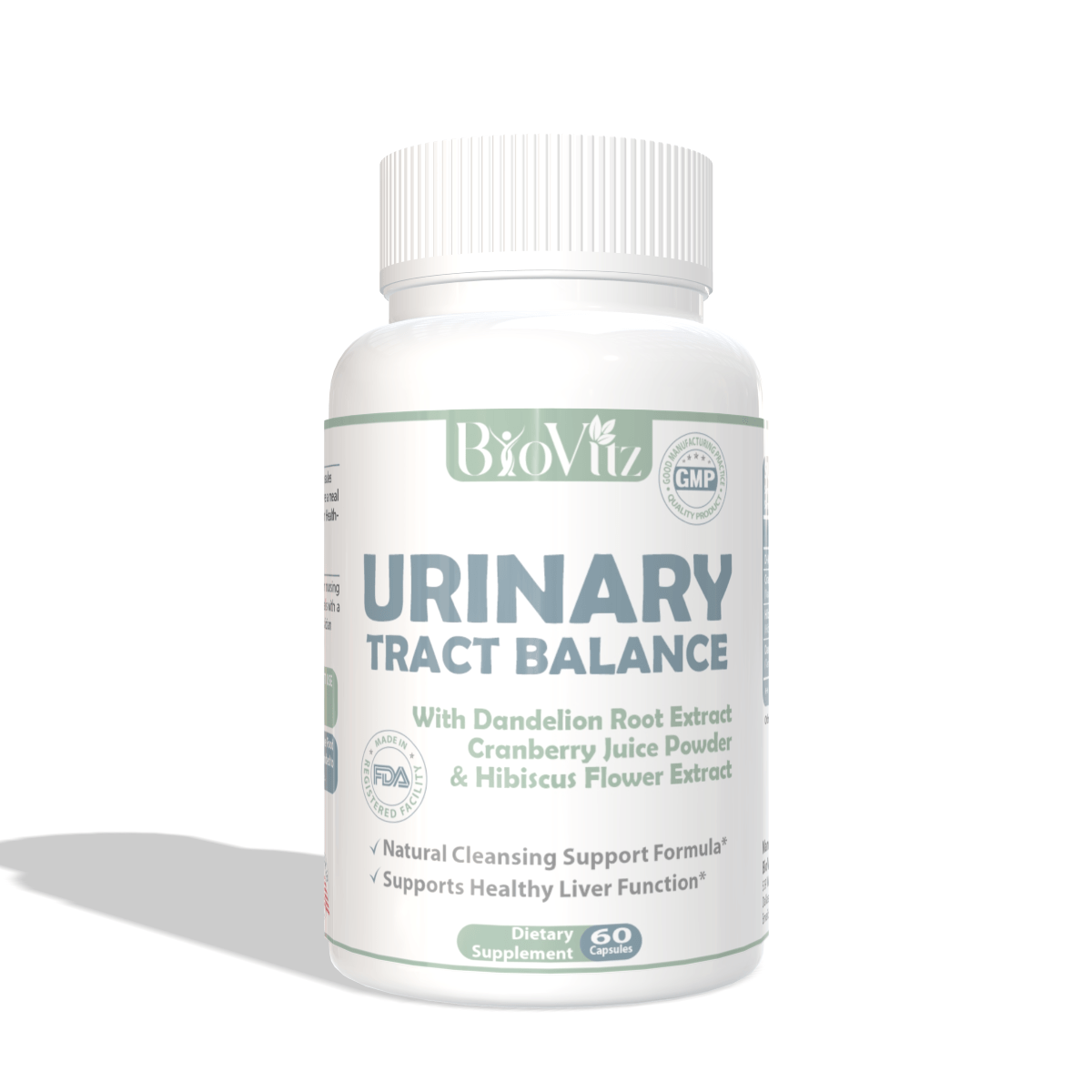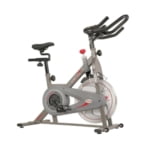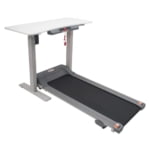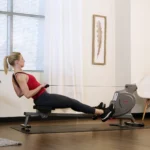The Ultimate Pull-ups Workout Guide for Strength Training
Welcome to the ultimate guide for incorporating pull-ups into your strength training routine. Pull-ups are a fantastic compound exercise that engages multiple muscle groups, helping you build upper body strength and endurance. Whether you’re a fitness enthusiast or a beginner, this step-by-step guide will take you through the proper execution of pull-ups, ensuring you maximize the benefits of this challenging yet rewarding exercise.
Step 1: Grip and Positioning
Start by standing underneath a pull-up bar, ensuring it’s sturdy and can support your weight. Grab the bar with an overhand grip, hands slightly wider than shoulder-width apart. Hang freely to engage your shoulder blades.
Step 2: Initiate the Pull
While keeping your core tight and legs straight, exhale as you pull your body upward. Focus on bringing your chest towards the bar. This movement engages your back muscles, particularly the latissimus dorsi.
Step 3: Reach the Top
Continue pulling until your chin clears the bar. Squeeze your shoulder blades together at the top of the movement to fully engage your back muscles. Inhale at the top of the pull-up.
Step 4: Controlled Descent
Slowly lower your body back to the starting position. Resist the urge to drop quickly, as the eccentric phase of the exercise is crucial for muscle development. Keep your movements controlled and deliberate.
Step 5: Repeat and Progress
Perform the desired number of repetitions, gradually increasing as your strength improves. To add intensity, incorporate variations like wide grip or chin-ups. Consistency is key, so aim to include pull-ups in your routine at least two to three times per week.

Benefits of Pull-ups
1. Upper Body Strength
Pull-ups target various upper body muscles, including the back, biceps, and shoulders, promoting overall strength development in these areas.
2. Improved Grip Strength
The grip required for pull-ups enhances forearm and hand strength, which can have positive effects on your performance in other exercises and daily activities.
3. Core Activation
Executing pull-ups engages the core muscles, providing a secondary benefit of improved stability and abdominal strength.
4. Efficient Time Usage
Pull-ups are a time-efficient exercise, targeting multiple muscle groups simultaneously, making them an excellent addition to any workout routine.
5. Versatility
With various grip options and modifications, pull-ups offer versatility, allowing you to customize your workout to target specific muscle groups and meet your fitness goals.
Frequently Asked Questions (FAQ)
Q: How often should I do pull-ups?
A: Aim for 2-3 sessions per week, allowing your muscles to recover between workouts for optimal results.
Q: Can beginners do pull-ups?
A: Absolutely! Start with assisted pull-ups or negative reps, gradually progressing to full pull-ups as your strength improves.
Q: Should I do pull-ups before or after other exercises?
A: Include pull-ups at the beginning of your workout to maximize energy and strength for this challenging exercise.
Q: How can I make pull-ups easier?
A: Utilize resistance bands for assistance or try eccentric (negative) pull-ups to build strength gradually.
Q: Can pull-ups help with weight loss?
A: Pull-ups contribute to overall calorie burn and muscle development, making them beneficial for weight loss when combined with a balanced diet and cardio.





